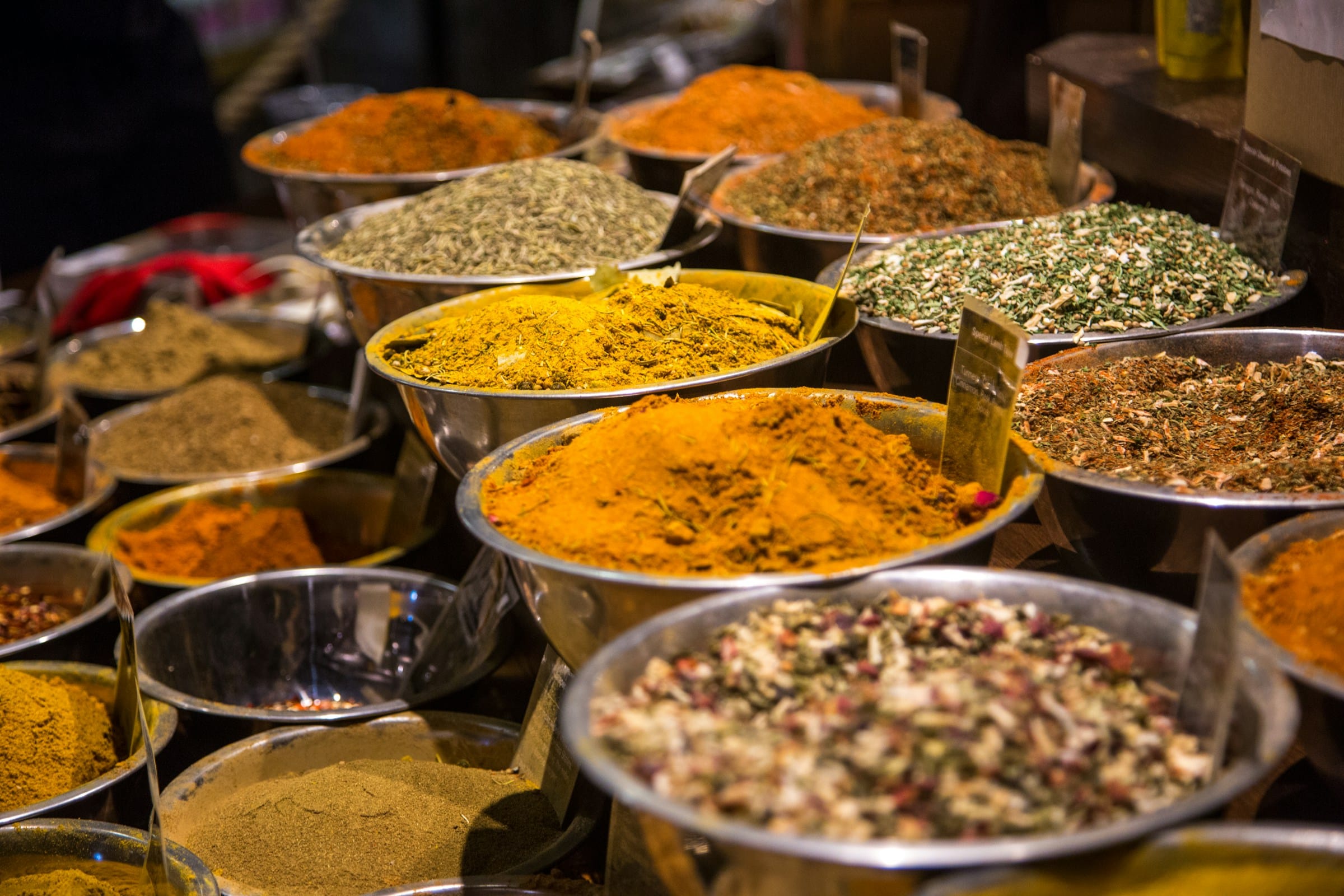What are the specific design considerations for a spice carousel to encourage the use of natural slimming additives?

Understanding the art of canning can seem like a daunting task, but it doesn't need to be. In this article, we will discuss the practicality, precision, and magic of canning, epitomizing the heart of food preservation. We will explore everything from USDA recommended temperatures, the importance of salt and pressure in the process, to time management, and how an innocuous pan can become an indispensable tool in the great canning adventure. This is your comprehensive guide to canning, with a special focus on preserving meats. Let's get started on this delicious journey!
The Fundamentals of Canning
Canning is a preservation method that has been used for centuries, even before the invention of the canner. It involves placing food in jars or similar containers and heating them to a temperature that destroys micro-organisms that can spoil food. This process also expels air from the jars, creating a seal that prevents new microorganisms from entering and spoiling the food.
According to the USDA and other extension services, the correct temperature for canning most foods is 240-250 degrees Fahrenheit. This temperature is high enough to kill bacteria, but not so high as to degrade the quality of the food. It's crucial that the temperature remains steady throughout the canning process to ensure the best results.
The Role of Salt, Pressure, and Water
Salt plays a significant role in canning, especially for meats. This ingredient is responsible for drawing out the water from bacteria cells, thereby inhibiting their growth. The right amount of salt in your canning recipe can make all the difference between a good and a poor result.
Additional reading : What specific design of under-counter lighting can help in reducing eye strain and improve focus while cooking healthy meals?
Pressure is another key factor to consider when canning. A pressure canner allows us to reach the high temperatures needed to safely preserve meats and other low-acid foods. It works by trapping steam to create a pressured environment that significantly raises the boiling point of water.
Speaking of water, let's consider its role. Water is crucial for generating the required steam and pressure in the canner. Yet, it's not just about the water within the canner, but also the water content of the food being canned. High water content foods might require adjustments in processing times.
Time Management in Canning
Just like cooking, canning is a process that requires careful time management. The time it takes for the canning process to complete will depend on the type of food, the size of the jars, and the canning method used.
USDA guidelines provide processing times for a wide variety of foods. However, these times should be used as a starting point. Depending on your specific recipe and ingredients, you may need to adjust these times accordingly. For example, high acid foods like fruits require less time to process than low acid foods like meats.
The Magic of a Pan and Hot Dough
One of the hidden secrets to successful canning is the humble pan. A deep pan with a tight-fitting lid is required to process the jars of food. This pan, known as a water bath canner, should be deep enough to allow the jars to be completely submerged, with at least one inch of water above the jar tops.
Hot dough is a less common but highly effective canning method. This involves using a dough made from flour and water to seal the jars before processing. The hot dough forms a seal as it cools and hardens, providing an additional barrier against potential contaminants.
Canning Meats: A Delicious Solution
Canning meats is a fantastic way to preserve high-quality, homegrown, or locally sourced meats. You can can everything from beef and poultry to fish and game. The process involves packing raw or cooked meat into jars, adding a brine solution, and then heating the jars in a pressure canner.
Regardless of the type of meat being canned, the USDA recommends a standard processing time for meats in a pressure canner. This is because meats are low acid foods that require a high temperature to ensure that all bacteria, yeasts, and molds are destroyed.
We hope you find this information helpful and feel more empowered to embark on your canning journey. Remember, canning is both an art and a science, and like any skill, it improves with practice. So don't be afraid to experiment, find new recipes, and create some delicious, preserved foods that you and your family can enjoy all year round.
The Versatility of the Pressure Canner
When venturing into the world of canning, one tool is indispensable: the pressure canner. It is not to be confused with a pressure cooker, as the two have different functions and capacities. A pressure canner is designed specifically for canning and is able to accommodate multiple jars at once, while maintaining a steady and high temperature over an extended period of time.
The pressure canner functions by trapping steam to create a pressured environment, allowing the temperature to significantly exceed the normal boiling point of water. This elevated temperature is critical for safe canning, particularly for low-acid foods like meat and poultry, as it ensures the destruction of bacteria, yeast, and molds. The state university extension service and USDA guidelines recommend using pressure canners for low-acid foods to ensure food safety.
Pressure canners come in two types: a weighted-gauge and a dial-gauge canner. Weighted-gauge canners maintain pressure using a weighted device, and require less monitoring. Dial-gauge canners, on the other hand, have a dial that displays the pressure and requires more attention to maintain the correct pressure. Regardless of the type you choose, be sure to follow the manufacturer's instructions for use and maintenance.
The Delicate Balance of Ingredients
Just like baking, canning requires precision in the balance of ingredients. When canning meat, for instance, adding brown sugar, baking soda, or salt can make a significant difference to the flavor and preservation of the canned product. A good guide to canning will detail the exact measurements needed for each ingredient, as well as the process time for canning different types of food.
Salt is especially important in canning, particularly for meats. It draws out the water from bacteria cells, inhibiting their growth. But remember, not all salts are created equal. Non-iodized canning salt is recommended as it does not contain anti-caking agents that can cloud the canning liquid.
Other ingredients like brown sugar or vinegar can be used to add flavor, but also contribute to preservation. Brown sugar aids in developing rich flavors in preserved fruits and meat. Vinegar, a common ingredient for pickling, increases acidity, creating an environment unsuitable for bacteria growth.
Conclusion
Canning is a rich tradition, passed down through generations, and an excellent method for preserving high-quality meats, fruits and vegetables. This guide to canning hopes to help you navigate this fascinating world of food preservation. With the right tools like a pressure canner, precise ingredients, and careful time management, you are well on your way to creating a pantry filled with nutritious, homemade canned goods.
Remember to always follow USDA complete guidelines and state university extension service advises to ensure your canned products are safe. Start with simple recipes and as your confidence grows, don't hesitate to explore more complex ones. Canning is not only a practical food preservation method but also a creative outlet.
Remember, the key to successful canning is practice and patience. And once you get the hang of it, you'll see that canning is truly worth its salt. With every turn of the canner pressure dial, and every jar sealed, you are creating something that can be enjoyed immediately or aged years for a more complex flavor profile. So grab your loaf pan, gather your ingredients, and start your canning journey today!
